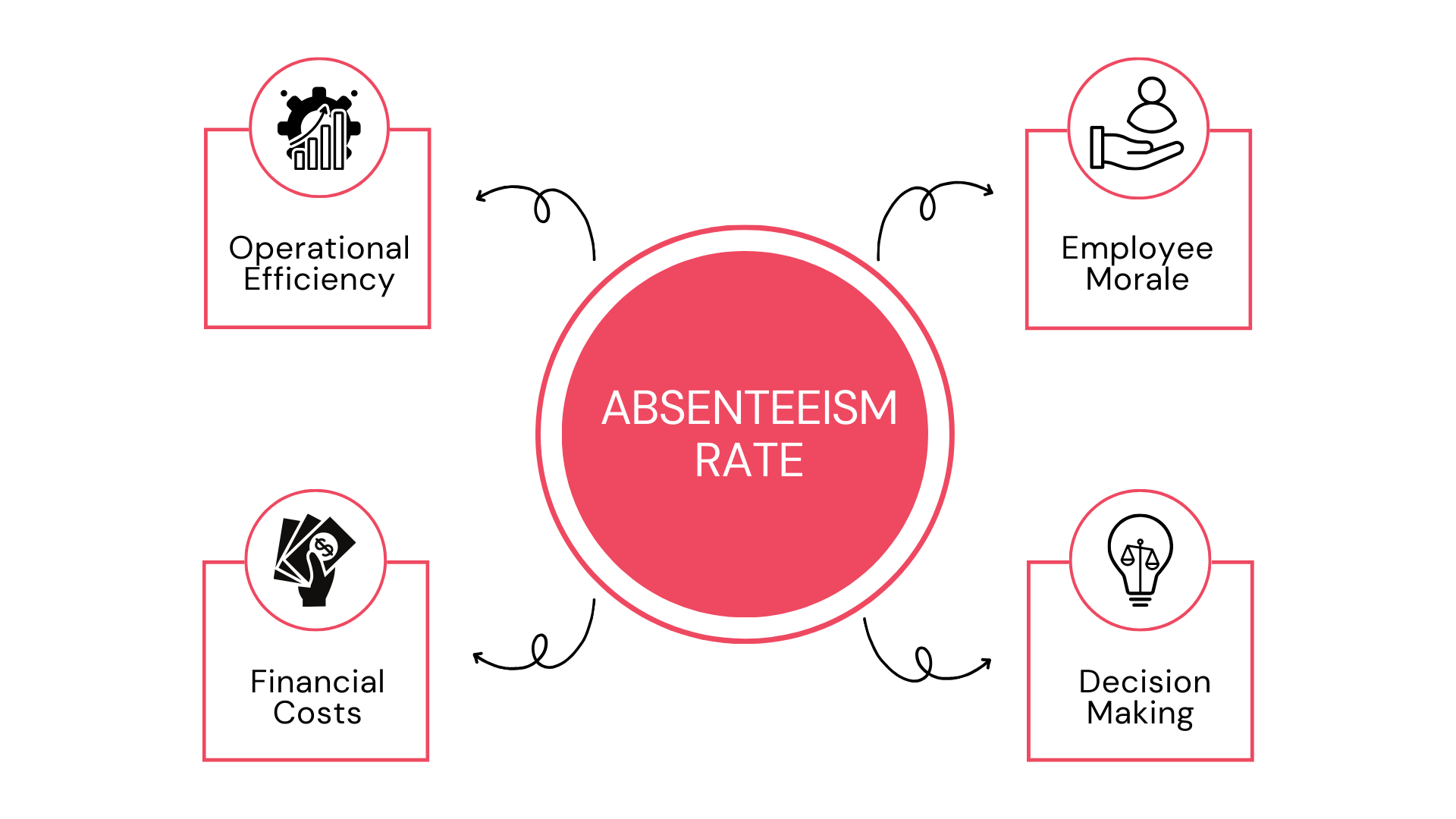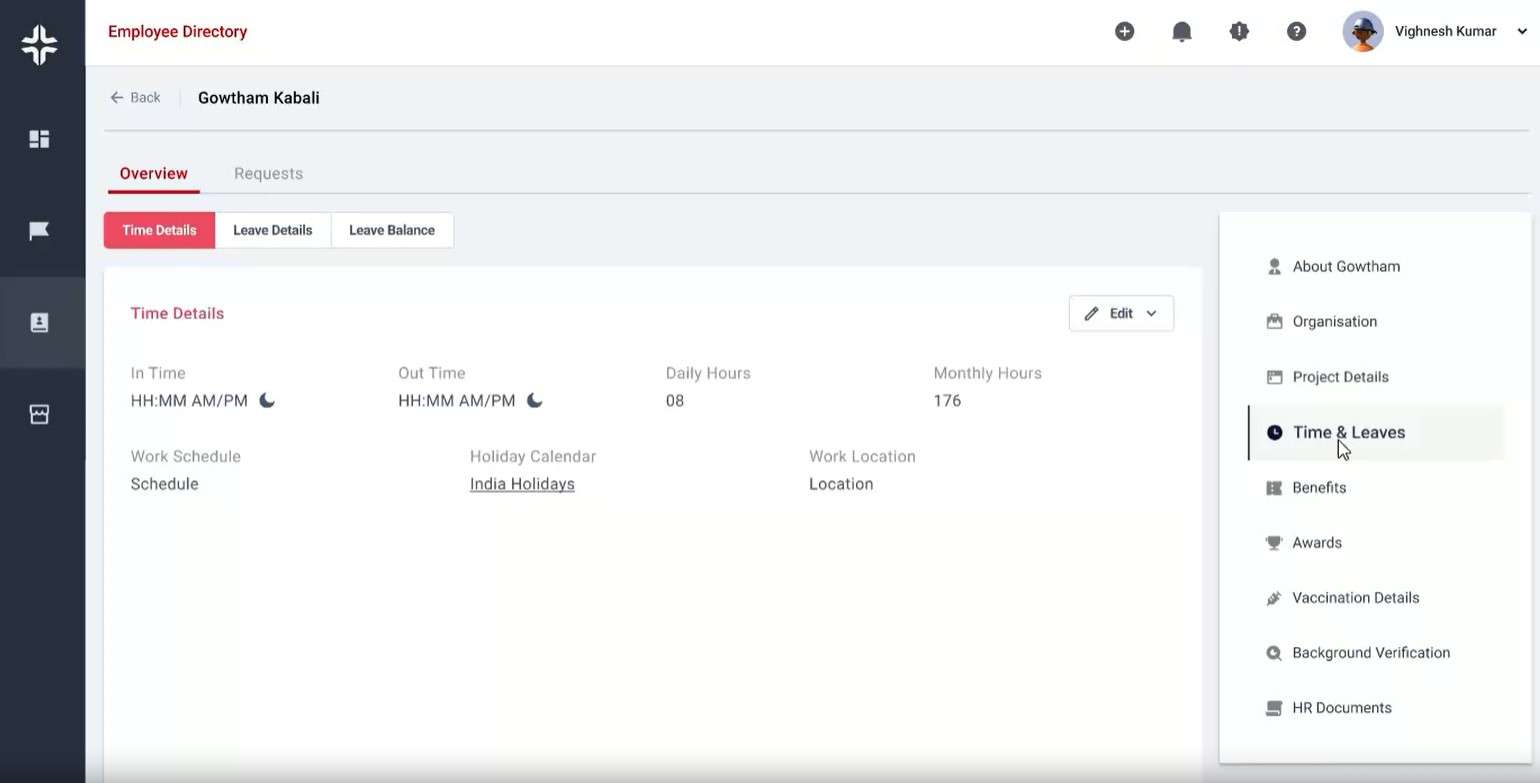Home » PSApedia
Absenteeism Rate
Track and Improve Workforce Attendance - Measure and Manage Absenteeism Rate

What Is Absenteeism Rate?
The absenteeism rate measures how often employees are absent from work during a specific time period. People usually show it as a percentage. To find it, you divide the number of days employees were absent by the total workdays, then multiply by 100.
A high Absenteeism Rate could indicate issues within the organization. These issues may include unhappy employees, poor working conditions, or a lack of work-life balance. Addressing absenteeism’s root causes improves work environment, employee satisfaction, and business performance. Managers should regularly review and respond to this metric to ensure that their teams remain engaged and productive.
Why Is the Absenteeism Rate So Important?
The absenteeism rate serves as a vital indicator for both companies and employees. For businesses, high absenteeism can signal issues with employee satisfaction, working conditions, or health concerns that need immediate attention. It may lead to decreased productivity, disruptions in daily operations, and increased costs because of overtime pay or temporary replacements.
For employees, frequent absences can impact career progression, reduce earning potential, and strain relationships with colleagues. Companies can boost employee happiness, ensure their well-being, and improve overall efficiency by monitoring this rate closely. Tracking Absenteeism Rate is important because it can have significant effects. Tracking Absenteeism Rate is important because it can have significant effects.
- Operational Efficiency: Regular absences can disrupt workflows, delaying project timelines and impacting project management processes.
- Financial Costs: Absenteeism can lead to increased costs, be it through overtime pay for other employees or potential loss of business.
- Employee Morale: High absenteeism might indicate low workplace morale or health issues, requiring intervention.
- Strategic Decision Making: Organizations can use the metric to identify patterns and formulate HR strategies, including resource management initiatives.

Why Is the Absenteeism Rate So Important?
How to Calculate Absenteeism Rate?
Formula: Absenteeism Rate = (Number of Absent Days / (Number of Employees x Number of Workdays)) x 100
Example: Consider an organization with 100 employees in a month having 20 workdays. If there were 40 days of absence in total:
Absenteeism Rate = (40 / (100 x 20)) x 100 = 2%
This implies that absenteeism caused a loss of 2% of the total available workdays.
Absenteeism Rate vs. Turnover Rate vs. Presenteeism
Absenteeism Rate is a metric pertains to the percentage of workdays lost because of employee absences.
Employee turnover rate measures the number of employees leaving the company in a given time, revealing exit patterns.
Presenteeism is when employees are at work but not fully productive, possibly because they are sick or have personal issues. This can have implications on employee 360 evaluations.
| Metric | Definition | Example |
|---|---|---|
| Absenteeism Rate | The percentage of workdays lost due to employee absence (usually because of illness, personal reasons, etc.) | If an employee misses 10 out of 200 workdays, the absenteeism rate is 5%. |
| Turnover Rate | The percentage of employees who leave the organization over a set period of time. | If a company has 100 employees and 15 leave within a year, the turnover rate is 15%. |
| Presenteeism | The act of attending work while sick or dealing with other personal issues that can lead to reduced productivity. It doesn’t have a strict “rate” but is more a qualitative measure of productivity loss. | An employee comes to work with a severe cold and, despite being present, is only able to function at 50% capacity. |
How is the Absenteeism Rate Used in Business Analysis?
Businesses can analyze absentee trends in resource planning to allocate resources more effectively and prevent project delays. Organizations use the Absenteeism Rate in various ways:
- Cost Analysis: Absenteeism might lead to additional costs, like hiring temporary staff or paying overtime. By monitoring this rate, companies can keep an eye on project financials.
- Health and Well-being Initiatives: High absenteeism rates might be a call for health interventions or flexible work policies.
- Predictive Analysis: By tracking absenteeism, businesses can forecast potential disruptions and implement mitigative measures. This aids in efficient project financial management.
Ready to Address Absenteeism Rate?
Understanding and addressing Absenteeism Rate is crucial for operational success. KEBS, with its powerful Professional Services Automation (PSA) software, offers tools to track, analyze, and address workforce trends effectively.
From detailed resource management solutions to deal management capabilities, KEBS ensures businesses remain agile and responsive to workforce dynamics.

KEBS Employee Directory
Learn how KEBS can strengthen your workforce management strategies by scheduling a demo or contacting our team now!



